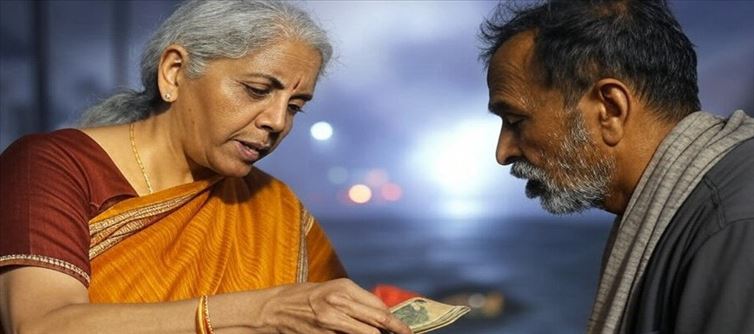
As india anticipates the Union Budget 2025, there are growing concerns that the Modi government might overlook one of the most promising segments of the economy—women entrepreneurs. Despite the increasing recognition of the challenges faced by female business founders, the government's track record and recent discussions suggest that meaningful support might once again be sidelined.
Priyanka Kanwar, the Co-founder and CEO of Falcon, recently articulated her concerns, emphasizing that "innovation thrives on diversity." She stressed that, while female entrepreneurs possess immense potential, access to capital remains a significant barrier for them. Women-led businesses continue to face challenges securing funding, which limits their ability to scale or even sustain operations.
"Why should women entrepreneurs struggle more than their male counterparts to access the resources necessary for growth? This persistent inequality is not only detrimental to individual business owners but also to the nation's economic progress," Kanwar remarked. She proposed that the government launch a dedicated funding program that would offer fast-track approvals for capital investments and credit facilities specifically designed for women-led enterprises.
However, such calls have largely gone unanswered in previous budgets, with only token gestures made toward supporting female entrepreneurs. While some initiatives have been announced, they have failed to deliver on a large scale, and many remain underfunded or poorly executed. There is little indication that the 2025 Budget will buck this trend, and the government's focus appears to remain on more traditional sectors or larger enterprises, leaving smaller, women-led businesses at a disadvantage.
Furthermore, Kanwar suggested that the budget should include tax breaks or interest-free loans for qualifying women-led businesses. Yet, such proposals often remain a distant dream, overshadowed by the government's failure to establish a robust mechanism to channel these benefits efficiently. Without substantial resources earmarked for female entrepreneurs, there’s little chance that these businesses will find the support they need to scale and compete globally.
Capacity-building efforts such as mentorship programs and market access also form part of Kanwar's proposal. Unfortunately, such programs, though well-intentioned, are often underfunded, unstructured, or poorly marketed, which leaves female entrepreneurs with little guidance or direction when they are navigating the often hostile terrain of business growth.
The failure to address these issues adequately sends a clear message: women entrepreneurs continue to be an afterthought in India's broader economic policy. If the Modi government truly intends to foster innovation and economic dynamism, it must take concrete, actionable steps to remove the barriers holding back women in business. This includes ensuring that funding programs for female entrepreneurs are not just announced but are given the resources and operational support to succeed. Anything less risks further entrenching the gender disparities that persist in the indian business landscape.




 click and follow Indiaherald WhatsApp channel
click and follow Indiaherald WhatsApp channel